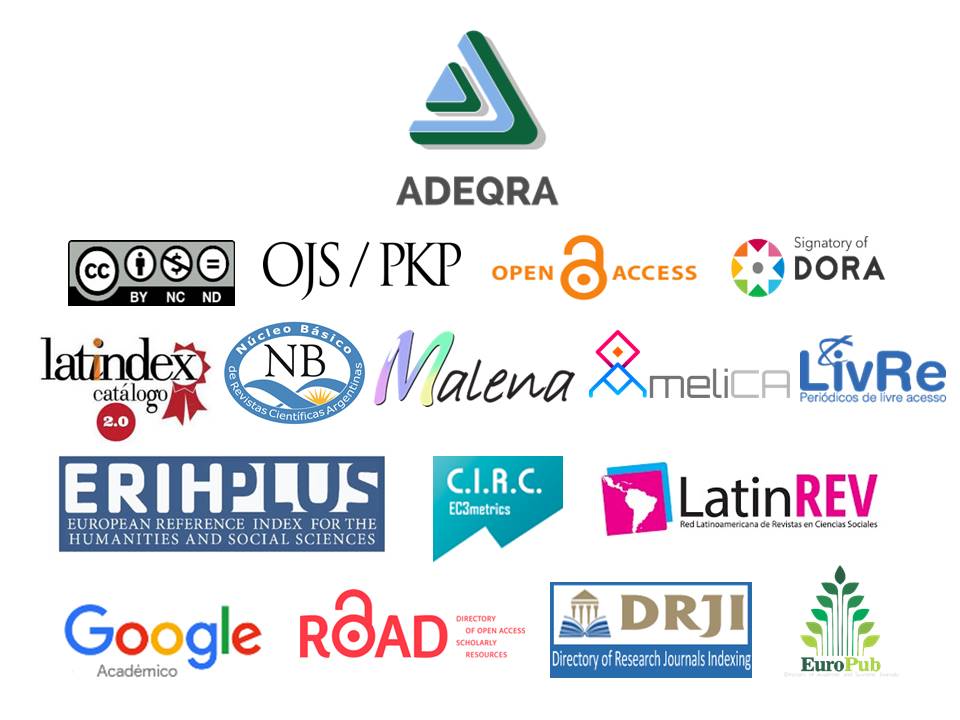Wash the dishes! Elaboration of Soap
Keywords:
saponification, lipids, soap, practical laboratory activitiesAbstract
Soap is one of those materials that have withstood the passage of centuries and is still valid today. Given the importance of articulating situations of daily life with the performance of activities in the chemistry laboratory, this article takes up the subject of saponification and proposes a series of practical works presented in a certain order in order to present alternatives for the teaching of chemistry while promoting the interest of students by working with materials known to them and guiding the work of teachers. Four experimental laboratory activities are described that are plausible to be carried out in a school laboratory and one of mathematical calculations. This proposal aims to diversify the frequent methodologies for teaching lipids, their importance and biological functions.
References
Brown, T., LeMay, E., Bursten, B. y Burdge, J. (2004). Química. La ciencia central. (9na. Ed.). México: Pearson Educación.
Galagovsky, L. (1999). Química Orgánica: Fundamentos teórico-prácticos para el laboratorio. Buenos Aires: Eudeba.
Garritz, A., Dos Santos, B. F., y Lorenzo, M. G. (2015). Science-technology-society as a feasible paradigm for the relevance of chemistry education in emerging countries. In: Ingo Eilks & Avi Hofstein (Eds.), Relevant Chemistry Education (pp. 241-261). Rotterdam: Sense Publishers.
Hernández Millán, G. (2012). Enseñanza experimental. ¿Cómo y para qué? Educación Química, 23 (núm. extraord. 1), 92-95.
Johnstone, A. (1993). The development of chemistry teaching. Journal of Chemical Education, 70, 701-705.
Lemke, J. L. (1990). Talking science: Language, learning, and values. (Ed. Norwood) NJ: Ablex Publishing Corp.
Lorenzo, M. G. (2008). Destilación fraccionada de ideas condensadas. Una invitación al debate sobre la naturaleza de la química, Educación en la Química, 14 (1), 17-24.
Lorenzo, M. G. (2016). El discurso científico sobre el papel: la importancia de la redacción de tareas, Aula Universitaria, 18, 91-101.
Martínez Grau, M. A. y Csákÿ, A. G. (2001). Técnicas Experimentales en Síntesis Orgánica. Madrid: Síntesis.
Quilez Pardo, J. (2016). ¿Es el profesor de Química también profesor de lengua? Educación Química, 27 (2), 105-114.
Reverdito, A. y Lorenzo, M. G. (2007). Actividades experimentales simples. Un punto de partida posible para la enseñanza de la química, Educación en la Química, 13 (2), 108-121.
Sánchez, G. H., Odetti, H. S. y Lorenzo, M. G. (2016). Conocimiento didáctico de profesores universitarios sobre los trabajos prácticos de química inorgánica. Educación en la Química en Línea, 22 (2), 111-124.
Timberlake, K. (2013). Química general, orgánica y biológica. Estructuras de la vida. (4ta. Ed.) México: Pearson Educación.
Wade, L. (2011). Química Orgánica. (7ma. Ed.) México: Pearson Educación.
Downloads
Published
How to Cite
Issue
Section
License

This work is licensed under a Creative Commons Attribution-NonCommercial-NoDerivatives 4.0 International License.



